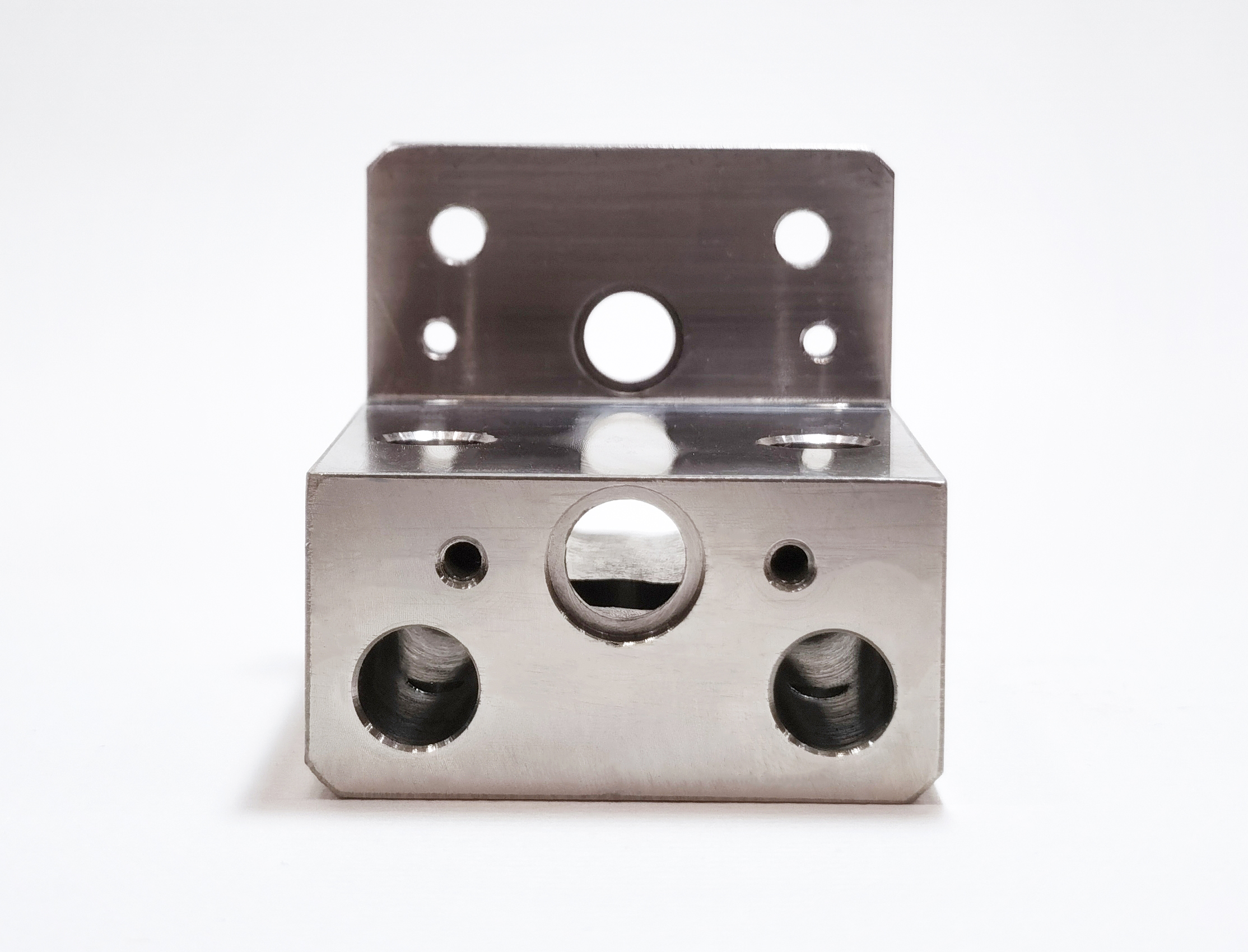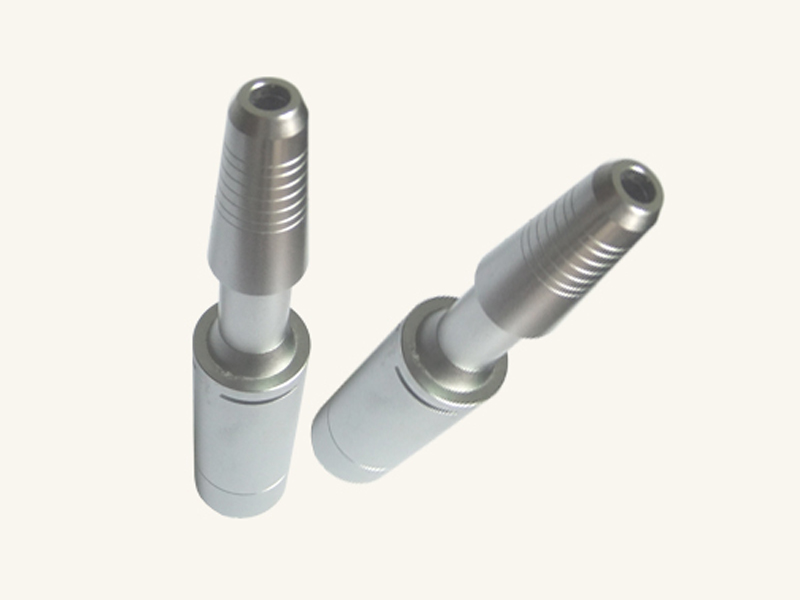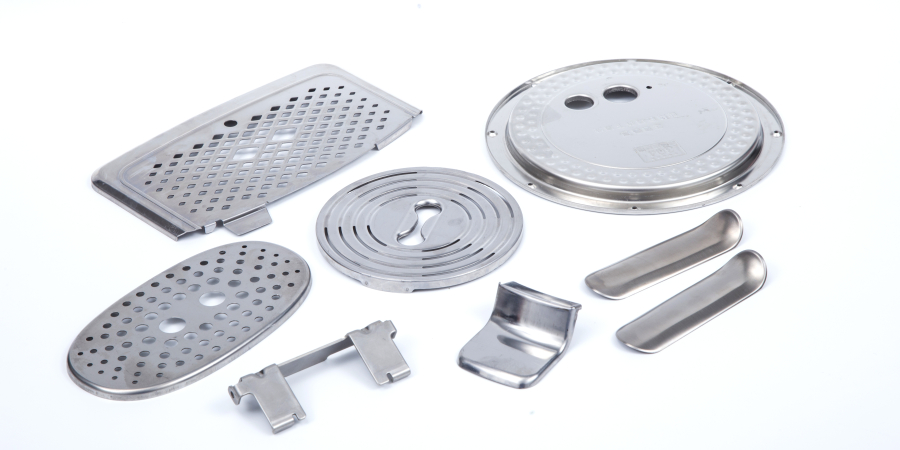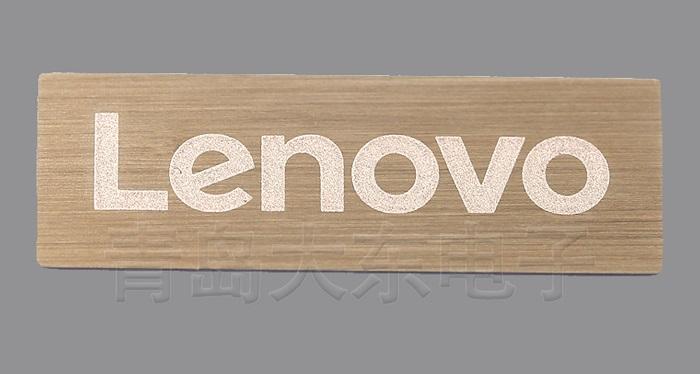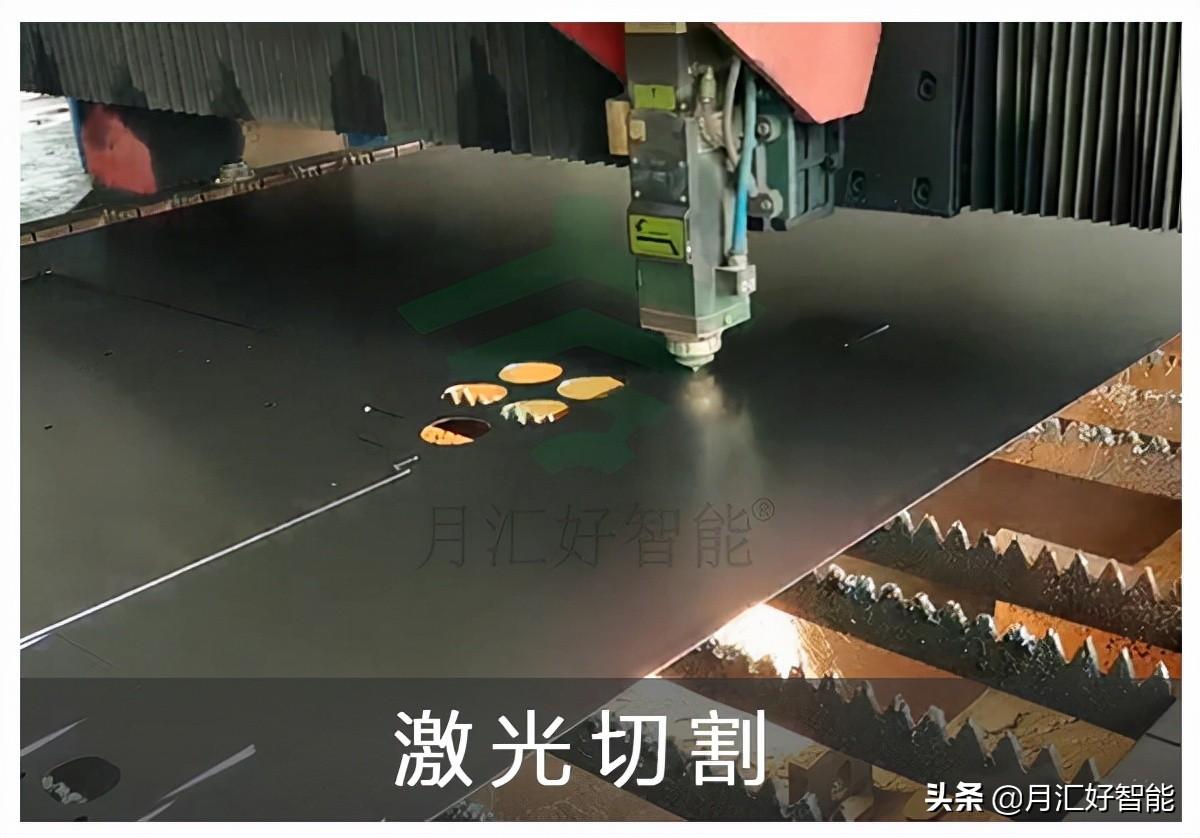In the high-speed stamping process of a precision stamping parts processing plant, it is necessary to prevent not only the problem of punching waste falling down, but also the problem of punching waste jumping back up.
During high-speed cold stamping, the punching waste jumps back to the surface of the die, which not only causes bad indentation on the surface of the stamping part, but also feeds into the subsequent process with the strip, causing the impact of the lamination stamping. If it is a continuous die, failure to detect it in time may constitute the failure of a large number of parts, and it will also cause damage to the die, causing the waste to damage the edge and affecting the overall life of the die.
The main reasons for the rebound of stamping waste are:
1. Oil film adhesion: In order to make convex and concave dies have excellent lubricity during high-speed stamping, to reduce the metal adhesion between convex and concave dies and the stamped material due to high-speed conflict, the method of applying lubricating oil to the sliding part of the die and the punched strip is often adopted. Lubricating oil can bring good lubrication effect, but it will also produce an oil film adhesion effect between the top of the punch and the punching waste, especially for the stamping process of soft and thin materials, often due to oil film adhesion caused by waste rebound phenomenon.
2. Vacuum adsorption: When the stamping material is relatively soft (e.g. copper, aluminum, etc.), kneading plastic deformation occurs, which often results in a vacuum state between the top of the punch and the waste. This vacuum state has a certain adsorption force and often brings the punching waste out of the concave surface, forming a waste rebound. 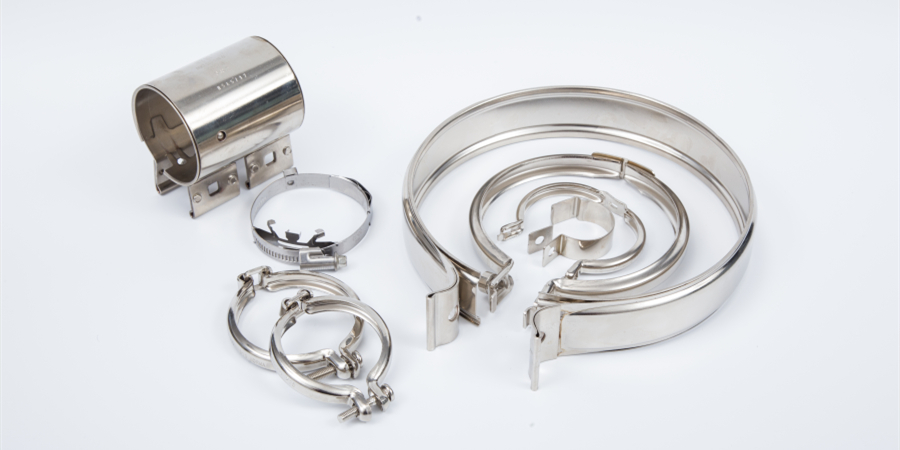 3. Waste wrapping caused by punch passivation: When the stamping reaches a certain punch, the edge of the punch will produce a passivation phenomenon, and the edge is no longer sharp, but forms a small R fillet, which will cause kneading and deep deformation of the punching waste. The waste forms a wrapping and clamping force on the blunt punch, and the punching waste will also be brought out of the surface of the die with the punch, forming a waste rebound phenomenon.
3. Waste wrapping caused by punch passivation: When the stamping reaches a certain punch, the edge of the punch will produce a passivation phenomenon, and the edge is no longer sharp, but forms a small R fillet, which will cause kneading and deep deformation of the punching waste. The waste forms a wrapping and clamping force on the blunt punch, and the punching waste will also be brought out of the surface of the die with the punch, forming a waste rebound phenomenon.
4. Magnetic adsorption: After the die is sharpened, due to the absence of repeated demagnetization procedures, the die has a strong magnetic adsorption force. When the microporous high-speed stamping material is a magnetic adsorbent material such as silicon steel sheet, it will bring out the punching waste due to the magnetic adsorption force of the die, forming a waste rebound phenomenon.
In addition to the above three planning methods on the structure of the die, as a factor outside the die, lubricating oil can be used as little as possible to reduce the probability of waste bounce due to oil film adhesion. Precision stamping parts processing plants need to carefully do a good job in the demagnetization process after each grinding to reduce the probability of waste bounce due to magnetic adsorption. If possible, compressed air stripping equipment can be used.
This article is from EMAR Mold Co., Ltd. For more EMAR related information, please click: www.sjt-ic.com!


 Spanish
Spanish Arabic
Arabic Spanish Basque
Spanish Basque Portuguese
Portuguese Belarusian
Belarusian Japanese
Japanese Russian
Russian Icelandic
Icelandic Bulgarian
Bulgarian Azerbaijani
Azerbaijani Estonian
Estonian Irish
Irish Polish
Polish Persian
Persian Boolean
Boolean Danish
Danish German
German French
French Filipino
Filipino Finnish
Finnish Korean
Korean Dutch
Dutch Galician
Galician Catalan
Catalan Czech
Czech Croatian
Croatian Latin
Latin Latvian
Latvian Romanian
Romanian Maltese
Maltese Malay
Malay Macedonian
Macedonian Norwegian
Norwegian Swedish
Swedish Serbian
Serbian Slovak
Slovak Slovenian
Slovenian Swahili
Swahili Thai
Thai Turkish
Turkish Welsh
Welsh Urdu
Urdu Ukrainian
Ukrainian Greek
Greek Hungarian
Hungarian Italian
Italian Yiddish
Yiddish Indonesian
Indonesian Vietnamese
Vietnamese 简体中文
简体中文 Haitian Creole
Haitian Creole


